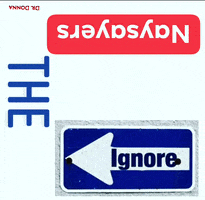Too soon. Give it at least a week.
When/if you get off without any damages, be sure to show some appreciation to the farmers for being careful. After all, they will be back next year, too.
He already knows how much I appreciate his efforts. I tell him every time I talk to him, and I even told him the first year it happened, and that I never blamed him for the chemical trespass.
And, I never once said here that I blamed him, or any farmer for damage caused from the use of 24-D LV6 ester.
I have always blamed the 24-D LV6 ester.
I wish you and some others would quit insinuating that I hate farmers, or farming. I have never said any such thing.
And, yes, I know it takes at least a week after spraying to see damage.
Last year, there was no spray drift and the damage was identical, nearly to the day, as it was the year it was contaminated. It was from residual chemical in the plants from the previous year.
So, should the trees, AGAIN, show signs of pesticide damage like they have the past two years, that alone will not be proof that the damage was caused by this years spraying.
The only thing that will clearly prove pesticide contamination will be from tissue samples taken by a Dept. of Ag inspector.
I am trying to be optimistic. A single day without pesticide damage is a big deal for me.








